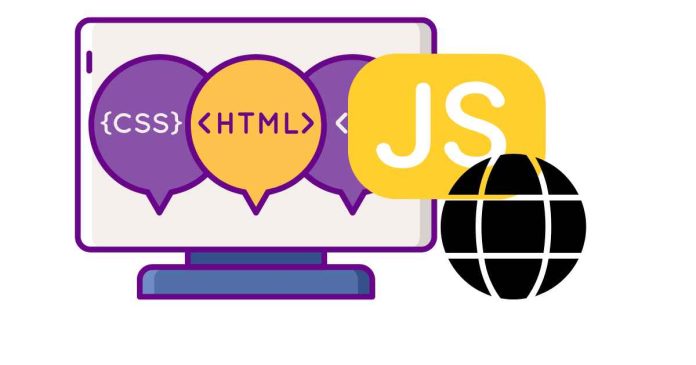Adding “?v=1” to the end of CSS and JavaScript file URLs is a technique used to bust browser caching. Here’s what it does:
What is browser caching?
Browser caching is a mechanism that stores frequently used resources, such as CSS and JavaScript files, locally on the user’s device. This speeds up page loading times, as the browser doesn’t need to re-download the same resources every time.
Why is cache busting necessary?
When you update your CSS or JavaScript files, the browser may still use the cached version, which can lead to unexpected behavior or errors. By adding a query string like “?v=1” to the URL, you’re effectively creating a new URL that the browser hasn’t cached before.
How does “?v=1” work?
The “?v=1” query string is arbitrary and doesn’t affect the functionality of the CSS or JavaScript file. However, it changes the URL, which forces the browser to re-download the resource instead of using the cached version.
Best practices
1. Use a version number: Instead of using a fixed value like “?v=1”, consider using a version number that increments with each update.
2. Use a hash: Another approach is to use a hash of the file contents as the query string value. This ensures that the URL changes only when the file contents change.
3. Configure your server: Depending on your server setup, you may be able to configure cache control headers to achieve similar results without modifying the URLs.
By using cache busting techniques like “?v=1”, you can ensure that your users always receive the latest versions of your CSS and JavaScript files.


